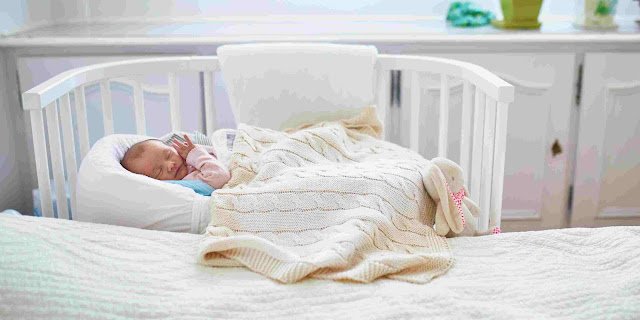Co-sleeping is an ancient parenting practice that is common in many cultures. It can offer many benefits, such as promoting parent-child bonding, making it easier to feed at night, and reducing stress for parents.
However, co-sleeping also has some potential risks, such as SIDS, accidental suffocation, and falling out of bed. Therefore, parents should weigh the pros and cons carefully before deciding whether or not to co-sleep.
Safe sleep seven is a set of seven principles for safe co-sleeping. Following these principles can help reduce the risk.
1. Let your baby sleep on its back.
Back sleeping is the safest sleeping position for babies. When babies sleep on their backs, their airways are clearer and they are less likely to choke.
A bed rail can prevent your baby from falling out of bed. The bed rail should be at least 20 centimeters high and fit snugly against the bed.
3. Use a safe mattress.
The mattress should be firm, flat, and without any gaps or wrinkles.
4. Keep the bed empty.
Do not place pillows, blankets, toys, or other soft objects on the bed. These items could cause your baby to choke.
5. Parents should not smoke.
Smoking increases your baby's risk of SIDS (Sudden infant death syndrome). Therefore, parents should avoid smoking both during pregnancy and after the baby is born.
6. Parents should not drink alcohol or take drugs that contain narcotics.
Alcohol and narcotics can affect a parent's judgment and increase the risk of suffocation for the baby. Therefore, parents should avoid drinking alcohol or taking drugs that contain narcotics both during pregnancy and after the baby is born.
7. Parents should stay awake.
If parents are feeling tired, they should let their baby sleep in a crib.
Co-sleeping is a personal choice. If you decide to co-sleep, be sure to follow the Safe Sleep Seven principles to ensure your baby's safety.
Co-sleeping can be a safe and enriching experience for both parents and babies, but it is important to take precautions to minimize risks. By following the Safe Sleep Seven guidelines, parents can create a safe and comfortable sleep environment for their babies while enjoying the benefits of co-sleeping.
References:
References:
https://www.basisonline.org.uk/







Comments
Post a Comment